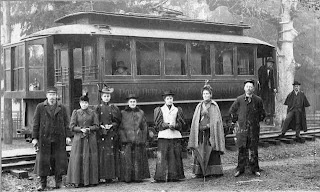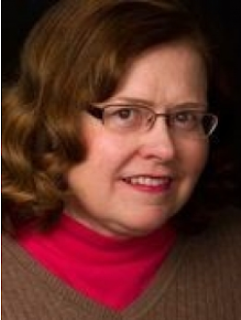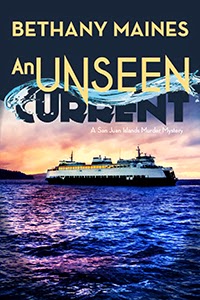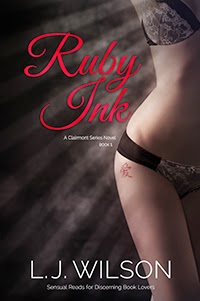The Best Job in the World
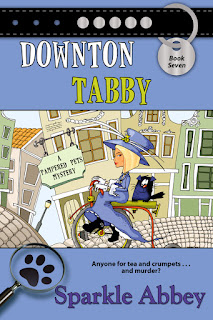 We are about to see the release of our 7th book, Downton Tabby, and we’d just like to say it’s been an incredible journey.
We are about to see the release of our 7th book, Downton Tabby, and we’d just like to say it’s been an incredible journey.
We sold the series in 2010 and the first book, Desperate Housedogs, came out in 2011.
From our very first Malice Domestic and Bouchercon conferences, where we had tons of excitement and enthusiasm, but little to no publishing experience (and come to think of it no books yet), the mystery community has been crazy welcoming and supportive.
We’ve met so many wonderful writers and readers of the genre via various conferences and events. These are brilliant, savvy, fun people, many of whom we are privileged to now call friends.
It’s an amazing experience to walk into a bookstore, whether a Barnes and Noble, BAM or a small indie bookstore, and see our books on the shelf. It’s a thrill that we hope never gets old.
And then there are readers. Wow. It’s impossible to explain how much it means get an email or a letter from a reader who has read one of our books and was moved to write to us. To know that something we wrote provided an escape for someone who was going through a tough time, made someone laugh out loud, or was simply an opportunity relax after a long day at work. So. Cool.
In addition to all that there’s the writing itself. We get to think up twisted plots, give birth to quirky characters, and put them in impossible situations. Of course, then we have to figure out a way to help them solve all the problems we’ve created for them. That’s when the fun begins!
Being a writer is just plain the best job in the world and we feel so lucky to get to do it.
Our newest book, Downton Tabby, comes out in a few days and is currently available for pre-order. To celebrate we’re giving away an adorable Paul Cardew teapot and a canister of Downton Abbey tea. All you have to do to enter the contest is pre-order the book and then send us an email letting us know you have.
We love to connect with readers and other writers!
You can find us online in the following places:
Website: www.sparkleabbey.com
Facebook: www.facebook.com/sparkleabbey
Twitter: @sparkleabbey
Pinterest: www.pinterest.com/sparkleabbey/



